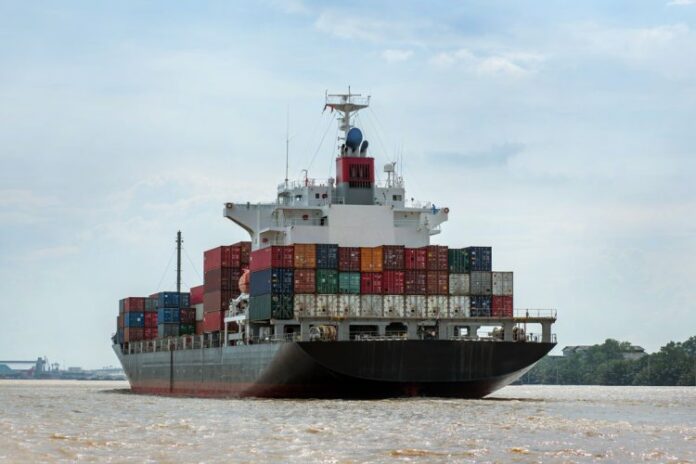ABB’s newly launched C-CAMs automation solution applies to vessel systems, power management, cargo control and tank gauging, improving efficiency and safety by enabling faster troubleshooting and maintenance as well as enhanced situational awareness.
It is the first marine automation solution to feature a mobile application overview of system data, with the ABB Ability™ Edgenius Operations Data Manager providing access to the alarm and monitoring data regardless of the user’s location onboard.
Stian Torkildsen, Global Product Line Manager, Automation & Control Solutions, ABB Marine & Ports, said:
“C-CAMs integrates easily with relevant vessel systems and can be accessed and serviced remotely to facilitate maintenance and repair. In addition, modern connectivity options and interfaces allow crew to access automation-system data throughout the ship via mobile devices, so the solution benefits onboard personnel as well as the vessel owner.”
The solution is cyber secure by design and built on reliable and robust hardware that enables a long service life for all components. High uptime is further supported by system redundancy, while safety margins are higher than for comparable systems in the market.
Thanks to the I/O system design with spring terminals, C-CAMs is easy to retrofit, and installation costs are approximately 50 percent lower than for conventional marine automation systems.
Rune Braastad, Business Line Manager Marine Systems, ABB Marine & Ports, said:
“We are proud to build on ABB’s long history in power and automation technologies and expand our automation offering to the oceangoing vessels in the marine commercial fleet. The C-CAMs automation system offers major benefits for shipyards and shipowners, enabling faster engineering, installation and commissioning compared to traditional automation systems, ultimately resulting in a lower total cost of ownership.”



